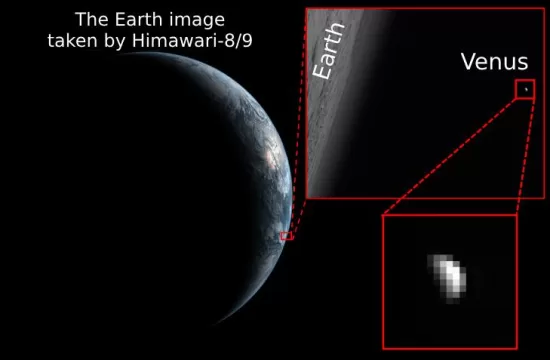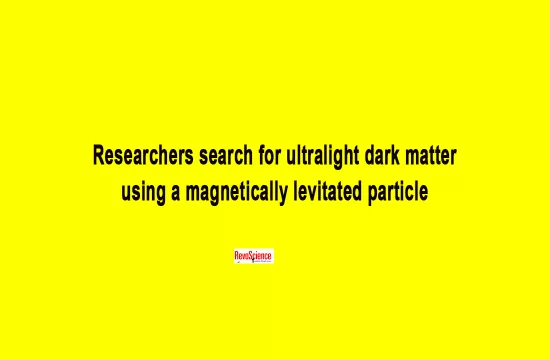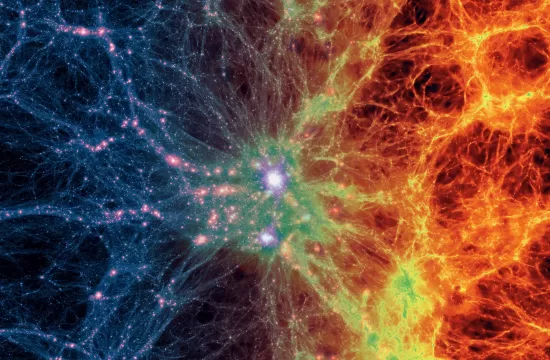
This colourful, seemingly abstract artwork is actually a map of our Galaxy, depicting all the celestial objects that were detected in the XMM-Newton slew survey between August 2001 and December 2014.
Orbiting Earth since 1999, XMM-Newton is studying high-energy phenomena in the Universe, such as black holes, neutron stars, pulsars and stellar winds. But even when moving between specific targets, the space telescope collects scientific data.
The map shows the 30 000 sources captured during 2114 of these slews. Because of overlapping slew paths, some sources have been observed up to 15 times, and 4924 sources have been observed twice or more. After correcting for overlaps between slews, 84% of the sky has been covered.
The plot is colour-coded such that sources of a lower energy are red and those with a higher energy are blue. In addition, the brighter the source, the larger it appears on the map.
The plot is in galactic coordinates such that the centre of the plot corresponds to the centre of the Milky Way. High-energy sources along the centre of the Milky Way include the famous black hole Cygnus X-1, and Vela X-1, a binary system comprising a neutron star consuming matter from a supergiant companion.
Several star-and-black hole binary systems are also captured, including objects identified as GRS 1915+105, 4U 1630-47 and V 4641 Sgr.
Two clusters of sources, one to the top left and one to the bottom right, correspond to the ecliptic poles.
Objects above and below the plane of our Galaxy are predominantly external galaxies that are emitting X-rays from their massive black holes.







